Admire Japanese Cranes at the Kushiro Marshland
Situated in the heart of a national park on Hokkaido, the country's largest area of marshland is also a well-known ornithological reserve.
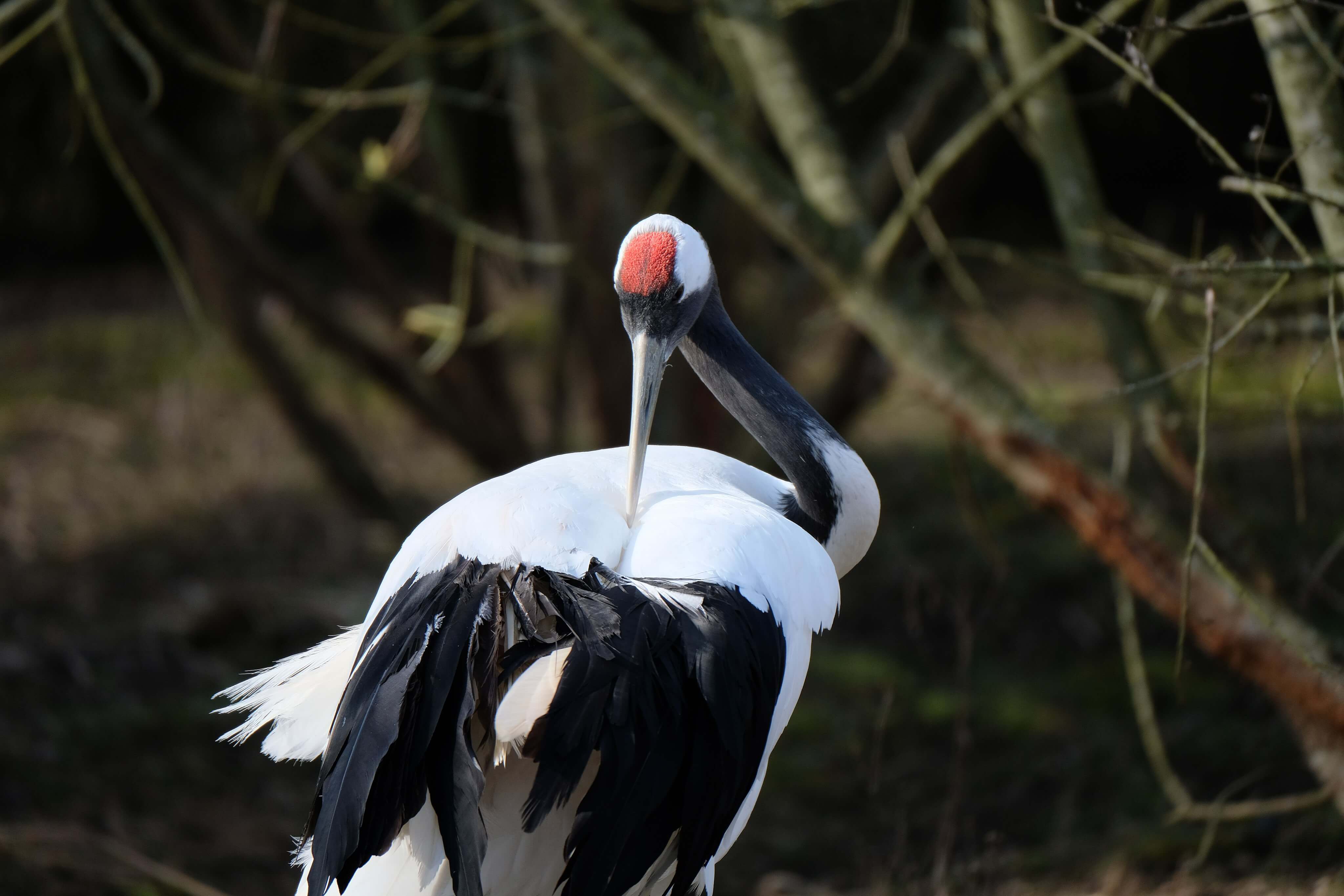
© Wikimedia
East of Japan’s northernmost island lies the Kushiro marshland. Covering an area of 183 square kilometres, it is the largest such area in the country. It is a destination of choice for ornithologists and bird watching enthusiasts because it is the only place in the world where Japanese red-crowned cranes, known as tancho, live all year round.
The Kushiro marshland has various hiking trails running through it that allow visitors to observe the cranes, of whom there were only around a dozen in 1920 but whose numbers have increased to a little over a thousand as of 2020. But the marshland is also known for housing other species like the Steller’s sea eagle in winter and Japanese snipes in summer, along with over 600 species of plants.
Onsen and fish market
Visitors to the park can go to the Hosooka Observatory that offers a panoramic view over the marshland and the Kushiro River that winds through it. Two stops can be made before or after the visit: one in one of the many onsen in the town of Shibecha, in the heart of the forest, and another in the city of Kushiro to visit the fish market where the fishermen hold an auction every morning.
Close to the city of Kushiro, the recommended option for those visiting the marshland is to hire a car to be able to move around without difficulty. Kushiro can be accessed by plane from Tokyo. It is also possible to get there by train (4 hours 30 minutes) or by bus (5 hours 30 minutes) from Sapporo. Alternatively, a steam train runs from Kushiro or Shibecha, the shitsugen norokko, from late April until September.
More information about the Kushiro marshland can be found on the Japanese Ministry of the Environment’s website.
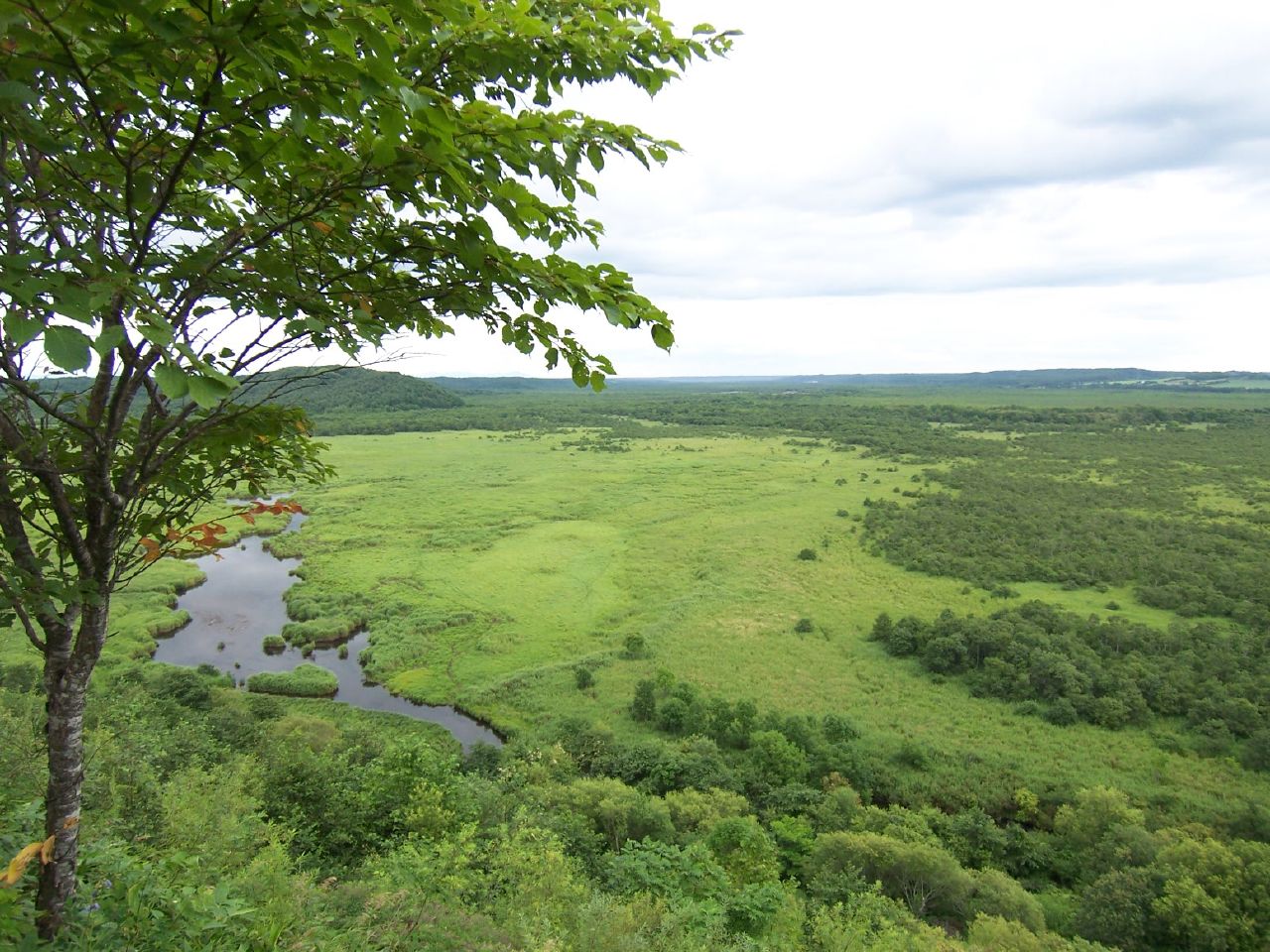
© Hajime Nakano - Flickr
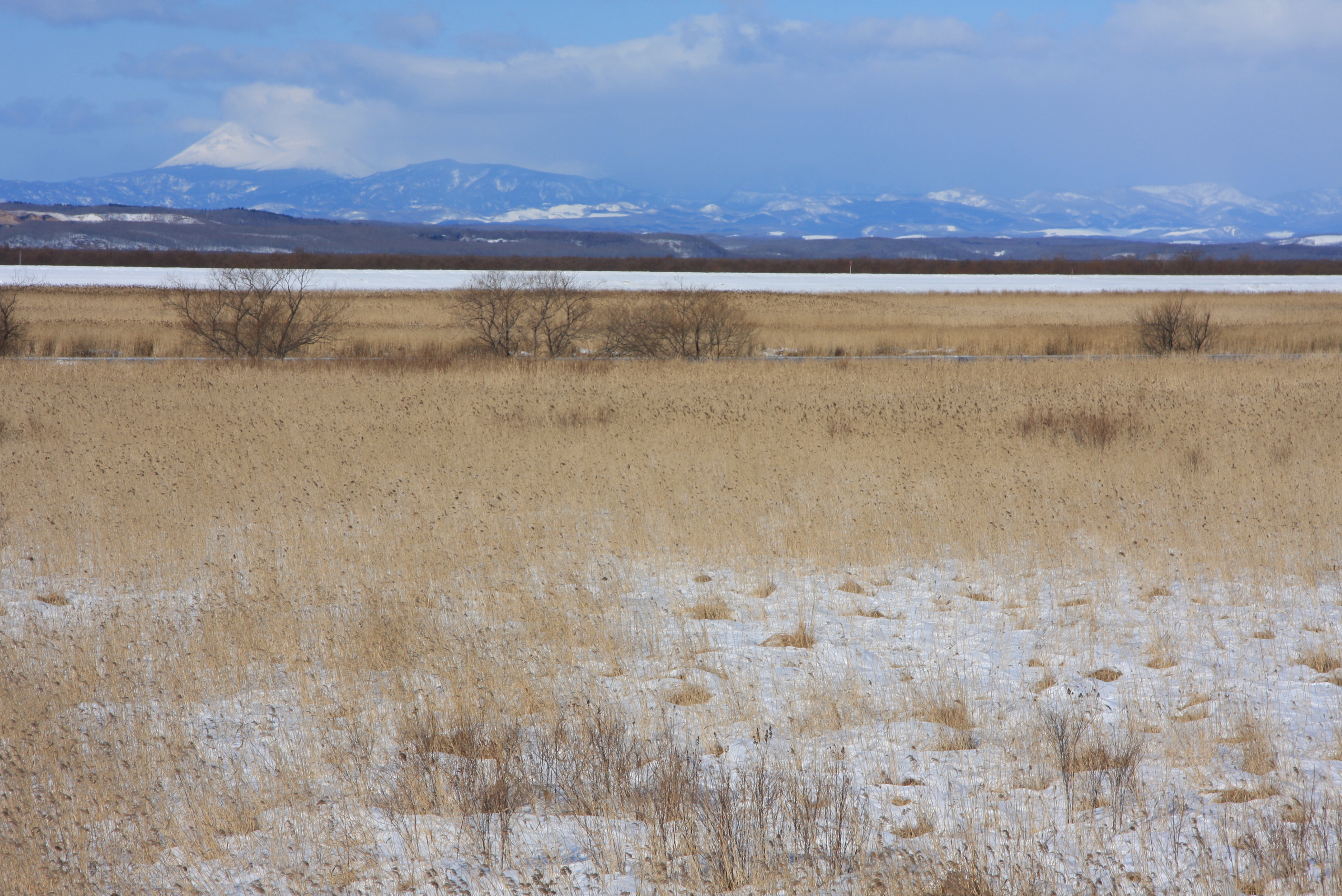
© Highten31 - Wikipedia
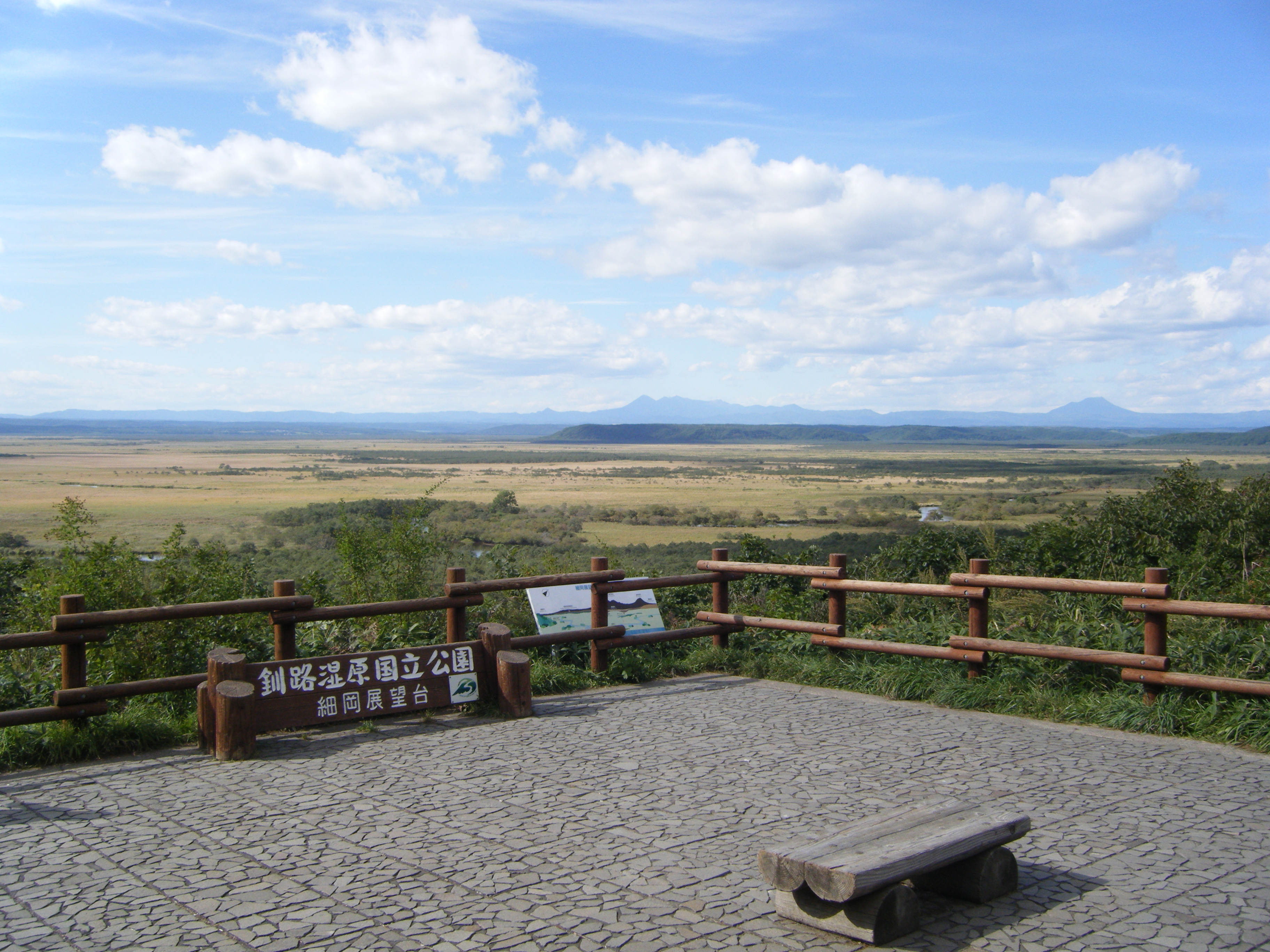
© User:欅 - Wikipedia
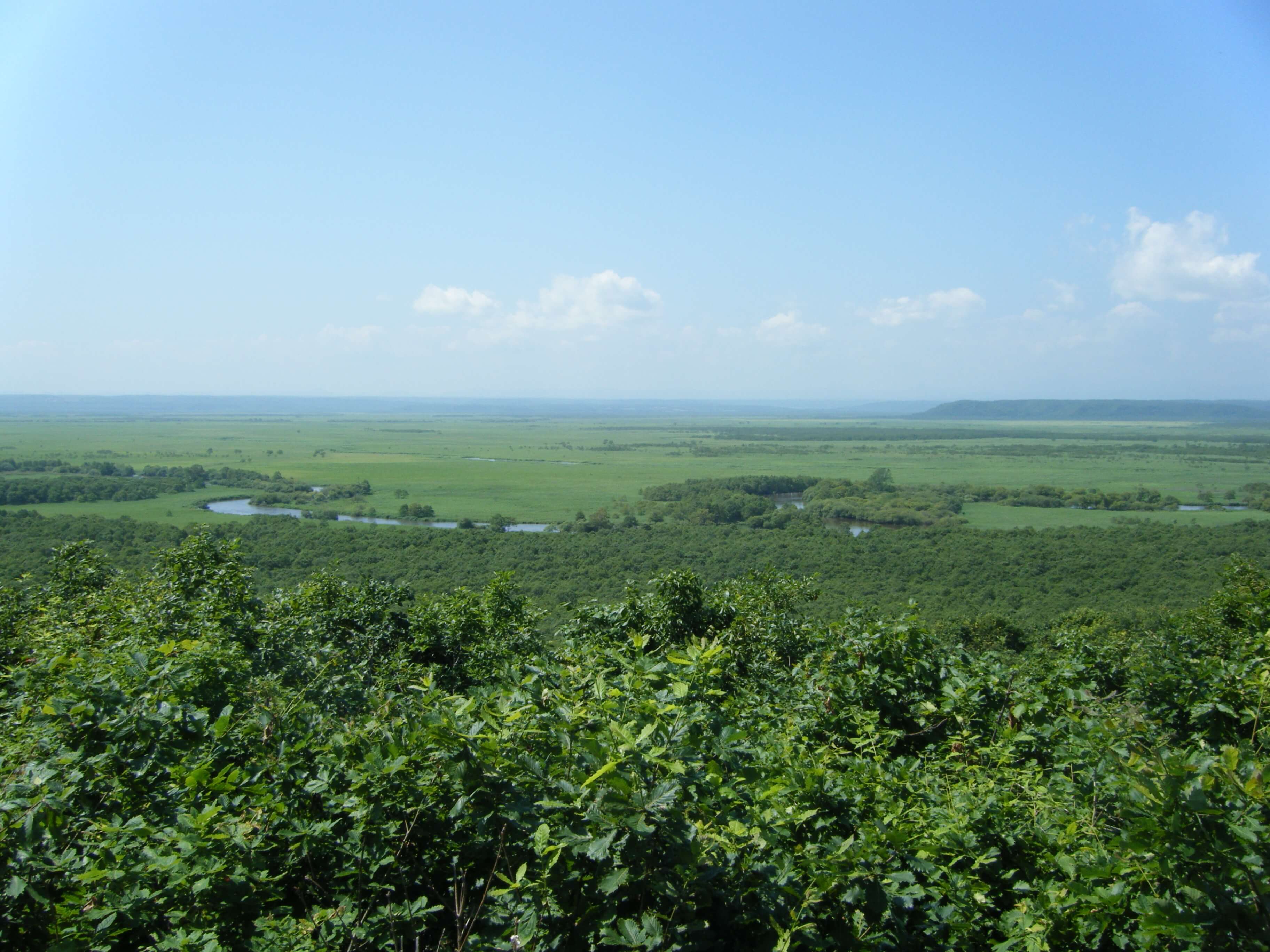
© Wikimedia
TRENDING
-
Hiroshi Nagai's Sun-Drenched Pop Paintings, an Ode to California
Through his colourful pieces, the painter transports viewers to the west coast of America as it was in the 1950s.

-
The Tattoos that Marked the Criminals of the Edo Period
Traditional tattoos were strong signifiers; murderers had head tattoos, while theft might result in an arm tattoo.

-
A Craft Practice Rooted in Okinawa’s Nature and Everyday Landscapes
Ai and Hiroyuki Tokeshi work with Okinawan wood, an exacting material, drawing on a local tradition of woodworking and lacquerware.

-
David Bowie Dressed by Kansai Yamamoto
The English singer was strongly influenced by 'kabuki' theatre and charged the Japanese designer with creating his costumes in the 1970s.

-
‘Seeing People My Age or Younger Succeed Makes Me Uneasy’
In ‘A Non-Conformist’s Guide to Surviving Society’, author Satoshi Ogawa shares his strategies for navigating everyday life.





